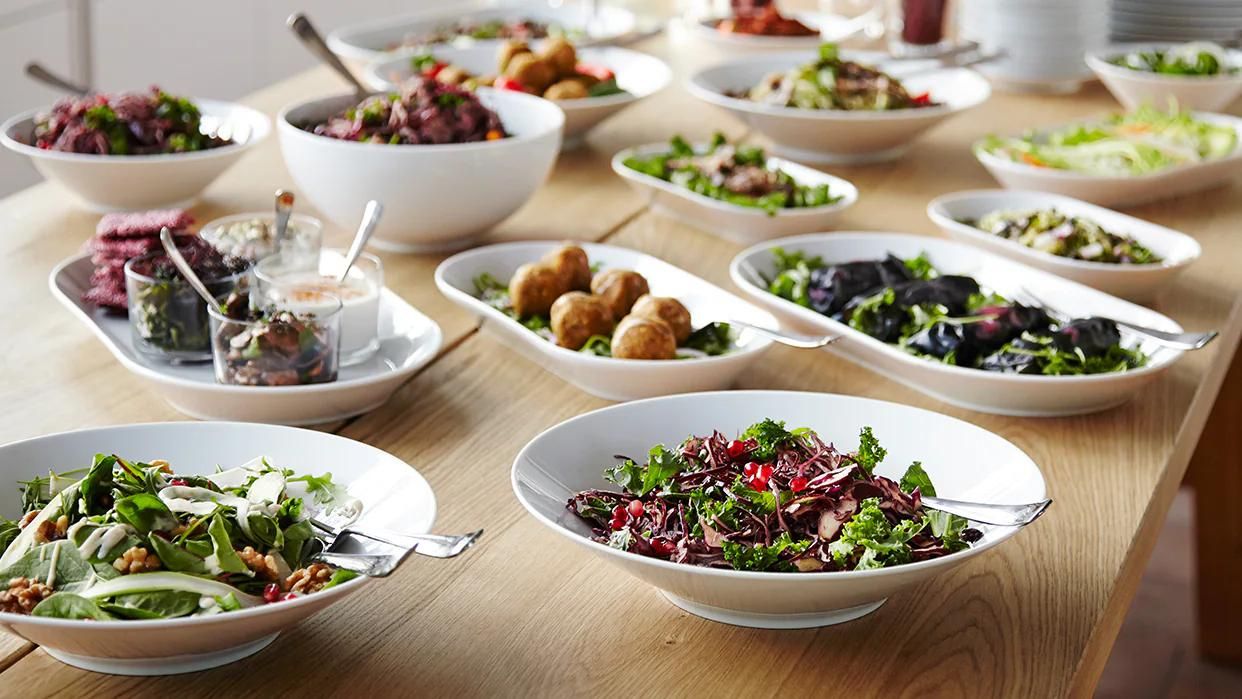

Tableware
What Are Serving Dishes?
Modified: October 20, 2024
Discover the definition and types of serving dishes, essential tableware for every dining occasion. Explore our selection of stylish and functional serving dishes for elegant meals.
(Many of the links in this article redirect to a specific reviewed product. Your purchase of these products through affiliate links helps to generate commission for Storables.com, at no extra cost. Learn more)
Introduction
Welcome to the wonderful world of tableware! Whether you’re hosting a dinner party, celebrating a special occasion, or simply enjoying a meal with family and friends, serving dishes play a crucial role in enhancing the dining experience. These versatile pieces not only add a touch of elegance to your table setting but also serve a practical purpose of safely presenting and serving various food items.
Serving dishes are more than just plates and bowls; they come in a wide range of styles, sizes, and materials to suit different occasions and culinary needs. From formal dinners to casual gatherings, having the right serving dishes can elevate your presentation and make your meals truly memorable.
In this article, we will delve into the world of serving dishes, exploring their definition, types, materials, and the benefits of using them. We will also provide some tips on how to choose the right serving dishes for your needs and offer advice on their proper care and maintenance. So let’s dig in and discover the fascinating realm of serving dishes.
Key Takeaways:
- Elevate your dining experience with the right serving dishes, adding visual appeal, organization, and convenience to your meals. Choose versatile materials and styles to suit any occasion and enhance your table setting.
- Proper care and maintenance are essential for preserving the beauty and functionality of your serving dishes. Follow manufacturer’s instructions, handle with care, and choose materials that align with your needs and preferences.
Read more: What Serving Dishes Do I Need?
Definition of Serving Dishes
Serving dishes, also known as servingware or tableware, are specific pieces of dinnerware that are designed to present and serve food. They are essential elements of a table setting, providing a stylish and practical way to display and distribute meals, sides, and beverages to guests.
Unlike individual dinner plates or bowls, serving dishes are larger in size and are intended to hold a larger quantity of food. They come in various shapes, such as platters, bowls, tureens, trays, and pitchers, each with its unique purpose and functionality.
Serving dishes are not only functional but also aesthetically pleasing, elevating the visual appeal of a table spread or buffet. They often feature elaborate designs, patterns, and decorative elements that enhance the overall presentation of the food.
Furthermore, serving dishes are versatile and can be used for a wide range of occasions, from casual family meals to formal dinner parties. They can be made from different materials, such as ceramic, porcelain, glass, metal, or even wood, each offering its own distinct charm and characteristics.
Overall, serving dishes are essential tabletop accessories that add elegance and practicality to any dining experience. Their versatility and functionality make them a staple in every kitchen and are a must-have for anyone who enjoys hosting meals or sharing delicious food with loved ones.
Types of Serving Dishes
Serving dishes come in a wide variety of types, each designed for specific purposes and food items. Here are some common types of serving dishes:
1. Platters: Platters are large, flat serving dishes that are perfect for presenting main courses, such as roasted meats, whole fish, or charcuterie. They come in various shapes, including oval, rectangular, and round, and are often the centerpiece of a table during special occasions.
2. Bowls: Serving bowls are versatile and can be used for many purposes. They are ideal for serving salads, pasta dishes, soups, or side dishes like mashed potatoes or vegetables. Bowls can range in size and depth, and they can be made from different materials, such as porcelain, glass, or ceramic.
3. Tureens: Tureens are deep serving dishes with lids, specifically designed for serving soups, stews, and casseroles. They are often made from porcelain or ceramic and have handles for easy carrying. Tureens keep the food warm and make it convenient for guests to serve themselves.
4. Platters with Divisions: These serving dishes have compartments or sections, allowing you to serve multiple food items without mixing them. They are commonly used for serving appetizers, snacks, or dips with various accompaniments.
5. Serving Trays: Serving trays are flat, often rectangular dishes that are used to carry multiple smaller items like drinks, hors d’oeuvres, or desserts. They typically have handles for easy transportation and can be made from materials like metal, wood, or even acrylic.
6. Pitchers: Pitchers are serving containers with a handle and a spout, designed for pouring and serving beverages such as water, juice, or cocktails. They come in various sizes and materials, including glass, ceramic, or stainless steel.
7. Condiment Dishes: These small bowls or dishes are used for serving condiments, sauces, or toppings, adding flavor and variety to meals. Condiment dishes are commonly seen on tabletops during gatherings or at buffets.
These are just a few examples of the many types of serving dishes available. Ultimately, the type of serving dish you choose will depend on the occasion, the food you are serving, and your personal preferences.
Common Materials Used for Serving Dishes
Serving dishes can be found in a variety of materials, each with its own unique characteristics and aesthetic appeal. Here are some common materials used for serving dishes:
1. Ceramic: Ceramic serving dishes are popular for their versatility and durability. They come in various styles, colors, and patterns, allowing for a wide variety of choices. Ceramic dishes often have a glazed finish, making them easy to clean and resistant to stains. They are suitable for both casual and formal settings.
2. Porcelain: Porcelain is a type of ceramic known for its delicate and elegant appearance. Porcelain serving dishes have a smooth and glossy surface, which enhances their visual appeal. They are often used for special occasions and formal gatherings, adding a touch of sophistication to the table setting.
3. Glass: Glass serving dishes are transparent and give a modern and sleek look to the table. They are perfect for showcasing colorful salads, fruits, or desserts. Glass dishes are versatile and can be used for both hot and cold foods. They are easy to clean, non-reactive, and do not retain odor or flavors.
4. Stainless Steel: Serving dishes made from stainless steel are known for their durability and resistance to corrosion. They are lightweight and ideal for serving both hot and cold foods. Stainless steel dishes are often used in buffet settings or for outdoor entertaining due to their durability and easy maintenance.
5. Wood: Wooden serving dishes add a rustic and natural touch to the table. They are often handmade and can come in various shapes and sizes. Wood is a great insulator, making it suitable for serving hot or cold foods. However, it is important to note that wooden serving dishes should not be submerged in water and require special care to maintain their quality.
6. Melamine: Melamine is a lightweight and durable material commonly used in casual serving dishes. It is resistant to breakage and easy to clean, making it ideal for outdoor picnics, barbecues, or casual gatherings. Melamine dishes come in a wide range of colors and designs, adding a fun and vibrant element to the table.
7. Stoneware: Stoneware serving dishes are renowned for their strength and unique rustic charm. They are fired at high temperatures, making them chip-resistant and suitable for oven-to-table use. Stoneware can come in various earthy colors and textures, adding a natural and cozy feel to the dining experience.
These are just a few examples of the materials used for serving dishes. The material you choose will depend on your preferences, the occasion, and the intended use of the serving dishes. Ultimately, the goal is to select materials that are not only visually appealing but also functional and durable.
When choosing serving dishes, consider the type of food being served and the number of guests. Opt for versatile, durable, and easy-to-clean options that complement your tableware.
Benefits of Using Serving Dishes
Using serving dishes goes beyond mere presentation; they offer a multitude of benefits that enhance the dining experience for both hosts and guests. Here are some of the benefits of using serving dishes:
1. Organization and Portion Control: Serving dishes allow for better organization of food items, making it easier for guests to select what they want. Separate dishes for different foods help maintain portion control, ensuring that everyone gets an equal share.
2. Visual Appeal: Serving dishes add an aesthetic element to the table setting, creating a visually pleasing presentation. The variety of colors, shapes, and designs can elevate the overall ambiance and make the dining experience more enjoyable.
3. Temperature Regulation: Certain serving dishes, such as tureens or insulated bowls, help to keep hot foods warm and cold foods chilled for longer periods. This ensures that guests can enjoy the meal at their preferred temperature.
4. Convenience and Efficiency: Serving dishes make it easier to serve and distribute food to multiple guests, especially during buffet-style gatherings or large parties. The right serving dish can improve the flow of food service and help reduce spills and mess.
5. Versatility: Serving dishes come in various sizes and designs, making them suitable for a wide range of occasions and meals. From casual family dinners to formal events, there’s a serving dish for every setting, allowing for versatility and adaptability.
6. Protection and Easy Clean-Up: Serving dishes protect your tablecloth or table surface from food spills and stains, making clean-up easier. Most serving dishes are dishwasher-safe, which further simplifies the cleaning process.
7. Serving Etiquette: Using serving dishes adds a touch of formality and elegance to your dining experience, promoting proper etiquette. Guests can help themselves with serving utensils, maintaining a sense of refinement and avoiding cross-contamination.
8. Special Features: Some serving dishes come with unique features, such as built-in sauce compartments, dividers, or serving handles. These additional features enhance the functionality and convenience of the dishes.
By incorporating serving dishes into your dining routine, you can elevate the overall experience for both yourself and your guests. From better organization of food to enhanced visual appeal and convenience, serving dishes provide a multitude of benefits that contribute to a memorable and enjoyable meal.
Read more: Where To Store Serving Dishes
How to Choose the Right Serving Dishes
Choosing the right serving dishes involves considering several factors, such as the occasion, the type of food being served, and your personal style. Here are some tips to help you choose the perfect serving dishes:
1. Consider the Occasion: The occasion or event you’re hosting will dictate the formality and style of the serving dishes you select. For formal events, opt for elegant and refined serving dishes like porcelain or glass. For casual gatherings, you can choose more relaxed options like melamine or wood.
2. Match the Theme or Decor: Coordinate the serving dishes with the overall theme or decor of your event or dining space. Consider the colors, patterns, and designs that will complement the aesthetic and create a cohesive look.
3. Size and Capacity: Consider the size and capacity of the serving dishes based on the number of guests and the type of food being served. Ensure that the dishes can comfortably hold the desired quantity of food without overcrowding or spilling.
4. Versatility: Look for serving dishes that can be used for multiple purposes. Opt for pieces that can transition from casual to formal occasions with ease. Versatile serving dishes allow for flexibility and expand their utility in your collection.
5. Material and Durability: Consider the material of the serving dishes based on your needs and preferences. Ceramic and porcelain provide elegance, while glass and stainless steel offer a modern and sleek look. Ensure that the chosen material is durable and suitable for the intended use.
6. Functionality: Consider the functionality of the serving dishes. Will you need lids to keep food warm? Divided compartments for different food items? Handles for easy transportation? Assess your specific needs and select dishes that fulfill them.
7. Storage and Maintenance: Consider the storage and maintenance requirements of the serving dishes. Opt for stackable or nesting dishes to save space. Check if the dishes are dishwasher-safe or require hand-washing. Consider any special care instructions for specific materials.
8. Budget: Finally, consider your budget when choosing serving dishes. Set a price range that aligns with your needs and preferences. Remember that serving dishes can range in price depending on the material, brand, and design.
By considering these factors, you can select the right serving dishes that not only meet your practical needs but also reflect your personal style and enhance the overall dining experience for you and your guests.
Proper Care and Maintenance of Serving Dishes
Proper care and maintenance are essential to ensure the longevity and pristine condition of your serving dishes. By following these tips, you can keep your serving dishes looking their best:
1. Read the Manufacturer’s Instructions: Always refer to the manufacturer’s instructions for specific care recommendations based on the material of your serving dishes. Different materials may have different cleaning and maintenance requirements.
2. Hand-washing vs. Dishwasher: Some serving dishes are dishwasher-safe, while others may require hand-washing. Hand-washing is generally recommended for delicate materials like porcelain or hand-painted ceramics. Use mild dish soap, warm water, and a soft sponge or cloth to clean the dishes.
3. Avoid Abrasive Cleaners: Harsh or abrasive cleaners can damage the finish and appearance of your serving dishes. Avoid using scouring pads, steel wool, or abrasive detergents, as they may scratch or dull the surface.
4. Handle with Care: When handling your serving dishes, be gentle to prevent any accidental drops or impact. Avoid stacking heavy items on top of delicate dishes. Use caution and support the bottom of the dish when moving or transporting it.
5. Avoid Extreme Temperature Changes: Certain materials, such as ceramic or glass, can be sensitive to sudden temperature changes. Avoid placing hot serving dishes directly onto cold surfaces or vice versa, as this may cause thermal shock and lead to cracking or breakage.
6. Storage: When storing your serving dishes, ensure they are clean and completely dry. Stack them carefully, using soft padding or felt protectors between pieces to prevent scratches. Store them in a cool, dry place away from direct sunlight or extreme heat.
7. Address Stains Promptly: If you notice any food stains or residue on your serving dishes, address them promptly. Soak the affected dish in warm, soapy water to loosen the stain before gently scrubbing it away. For stubborn stains, you may need to use a non-abrasive cleaning agent or consult the manufacturer’s recommendations.
8. Regular Inspection: Regularly inspect your serving dishes for any signs of damage, such as chips, cracks, or loose handles. If you notice any issues, discontinue use and consider repairing or replacing the dish to prevent further damage.
9. Special Care for Wooden Dishes: If you have serving dishes made of wood, avoid soaking them in water or exposing them to extreme heat. Treat and condition wooden dishes with food-safe oil or wax regularly to maintain their appearance and prevent drying or cracking.
By following these care and maintenance tips, you can extend the lifespan of your serving dishes and keep them looking beautiful and functional for many years to come.
Conclusion
Serving dishes are essential components of a well-prepared table setting. They not only enhance the visual appeal of your meals but also facilitate organized and efficient service to your guests. From elegant porcelain platters to versatile glass bowls, serving dishes come in a variety of options to suit different occasions and personal preferences.
By choosing the right serving dishes, you can elevate your dining experience and create a lasting impression on your guests. Consider the occasion, the type of food being served, and the overall style or theme to guide your selection. The size, material, and functionality of the dishes should also be taken into consideration to ensure they meet your specific needs.
Proper care and maintenance are crucial for preserving the beauty and functionality of your serving dishes. Follow the manufacturer’s instructions and use gentle cleaning methods to avoid any damage. Handle your dishes with care, avoiding extreme temperature changes and taking precautions to prevent chips or cracks.
Whether you’re hosting a formal dinner party, a casual gathering, or enjoying a relaxing meal with your loved ones, serving dishes play a vital role in enhancing the overall dining experience. They provide organization, visual appeal, convenience, and versatility, offering a practical and stylish way to present and serve food.
So, the next time you set the table, consider the impact that well-chosen serving dishes can have. Elevate your dining experience, impress your guests, and create unforgettable moments by incorporating the right serving dishes into your tableware collection.
Frequently Asked Questions about What Are Serving Dishes?
Was this page helpful?
At Storables.com, we guarantee accurate and reliable information. Our content, validated by Expert Board Contributors, is crafted following stringent Editorial Policies. We're committed to providing you with well-researched, expert-backed insights for all your informational needs.
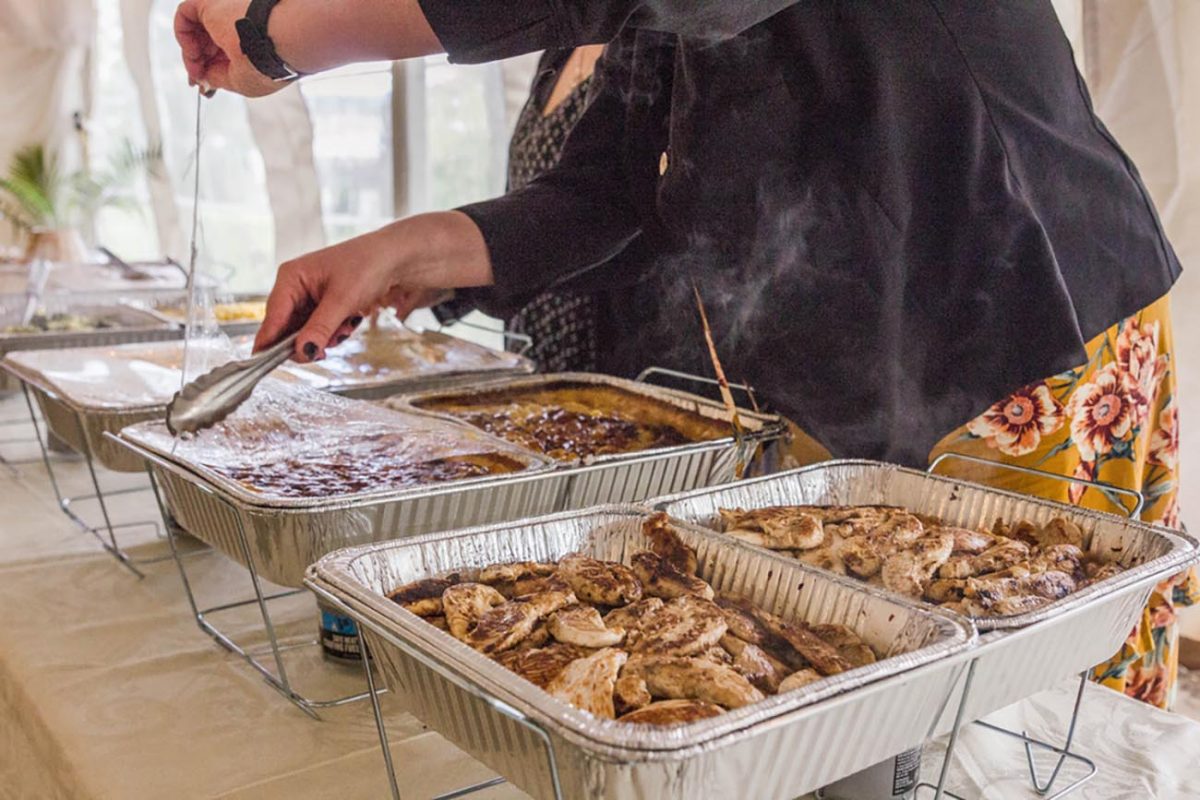

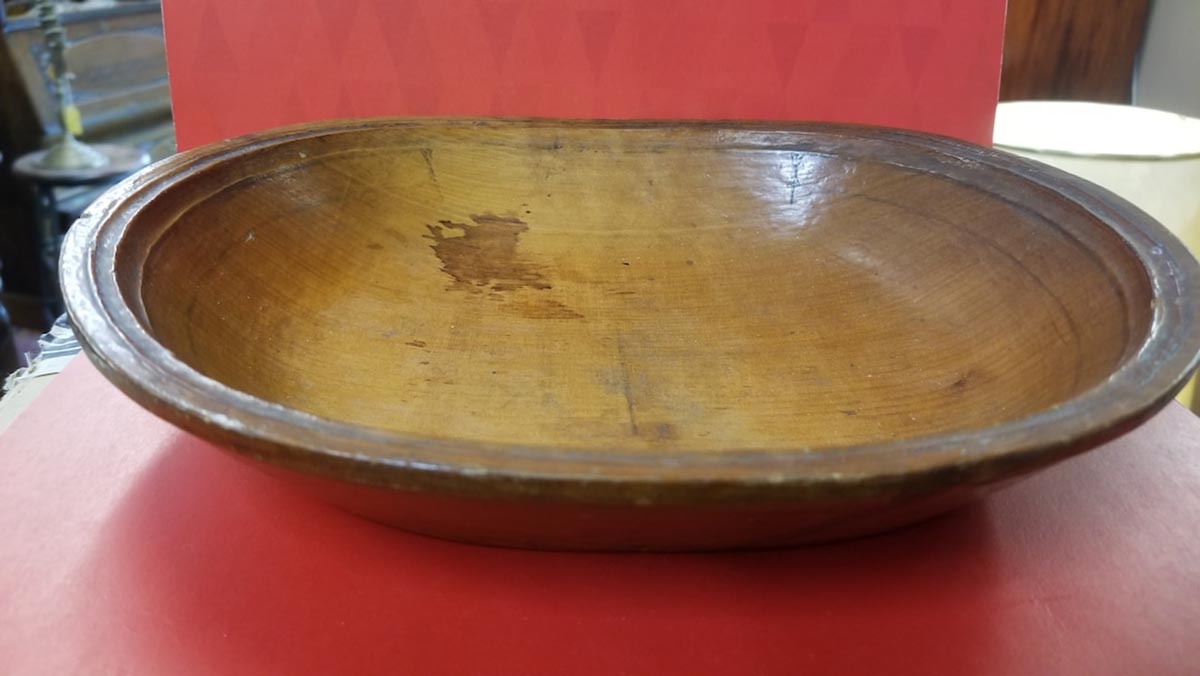
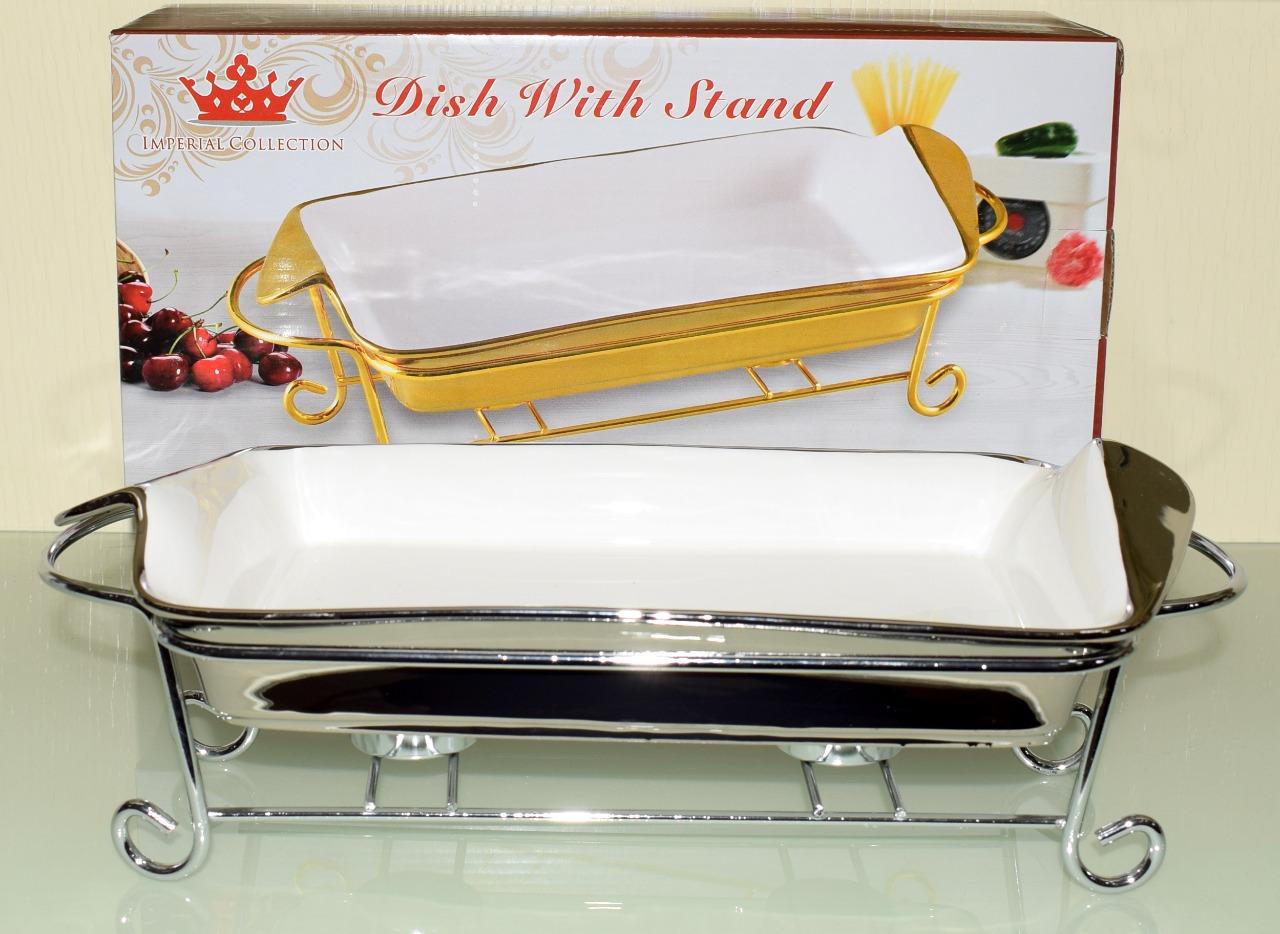
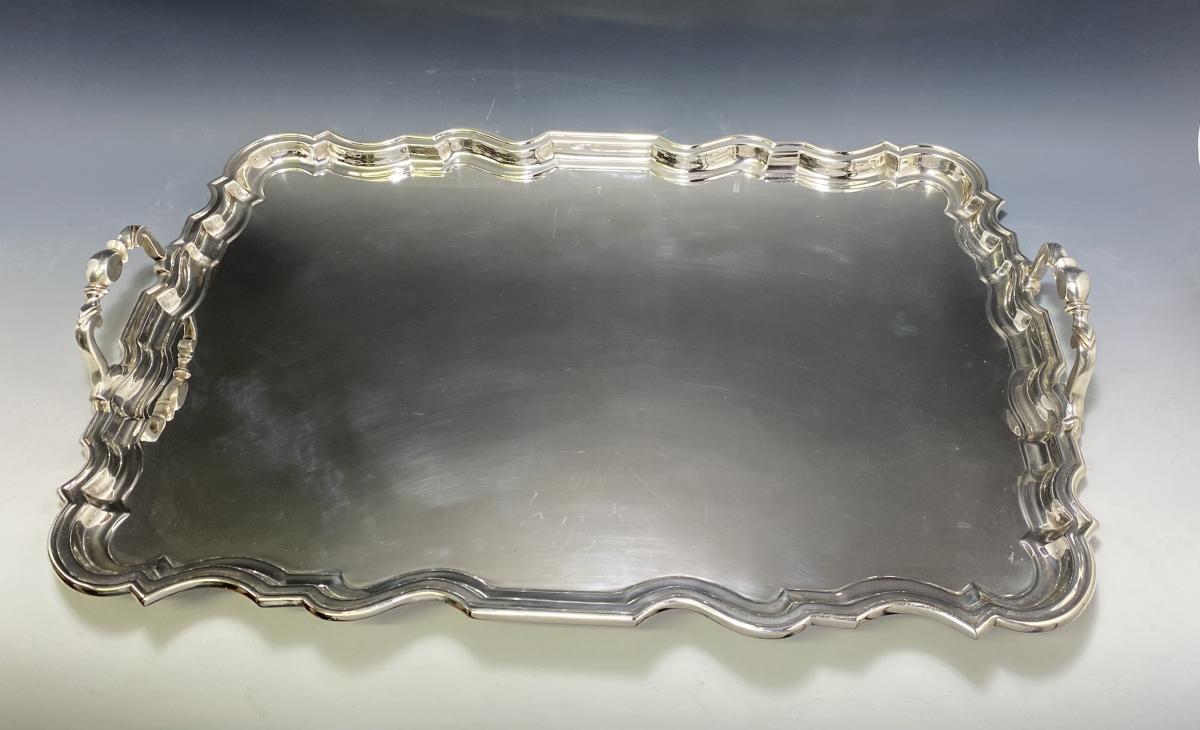
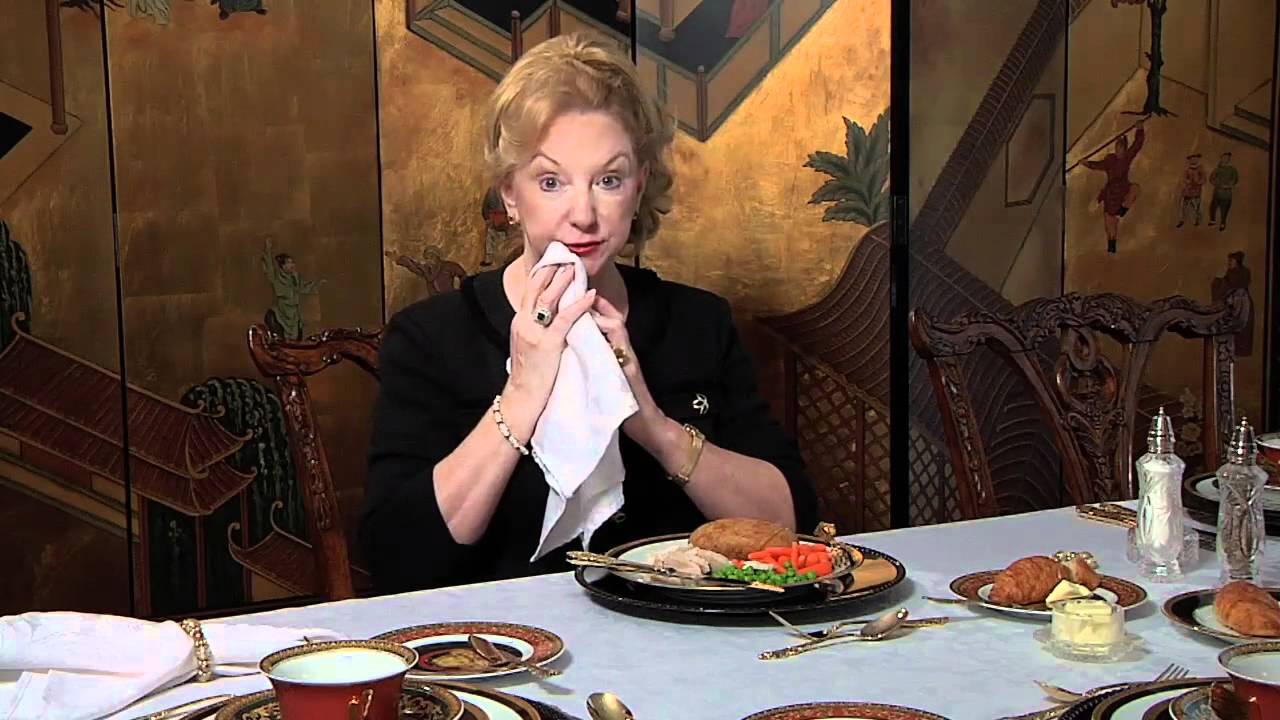
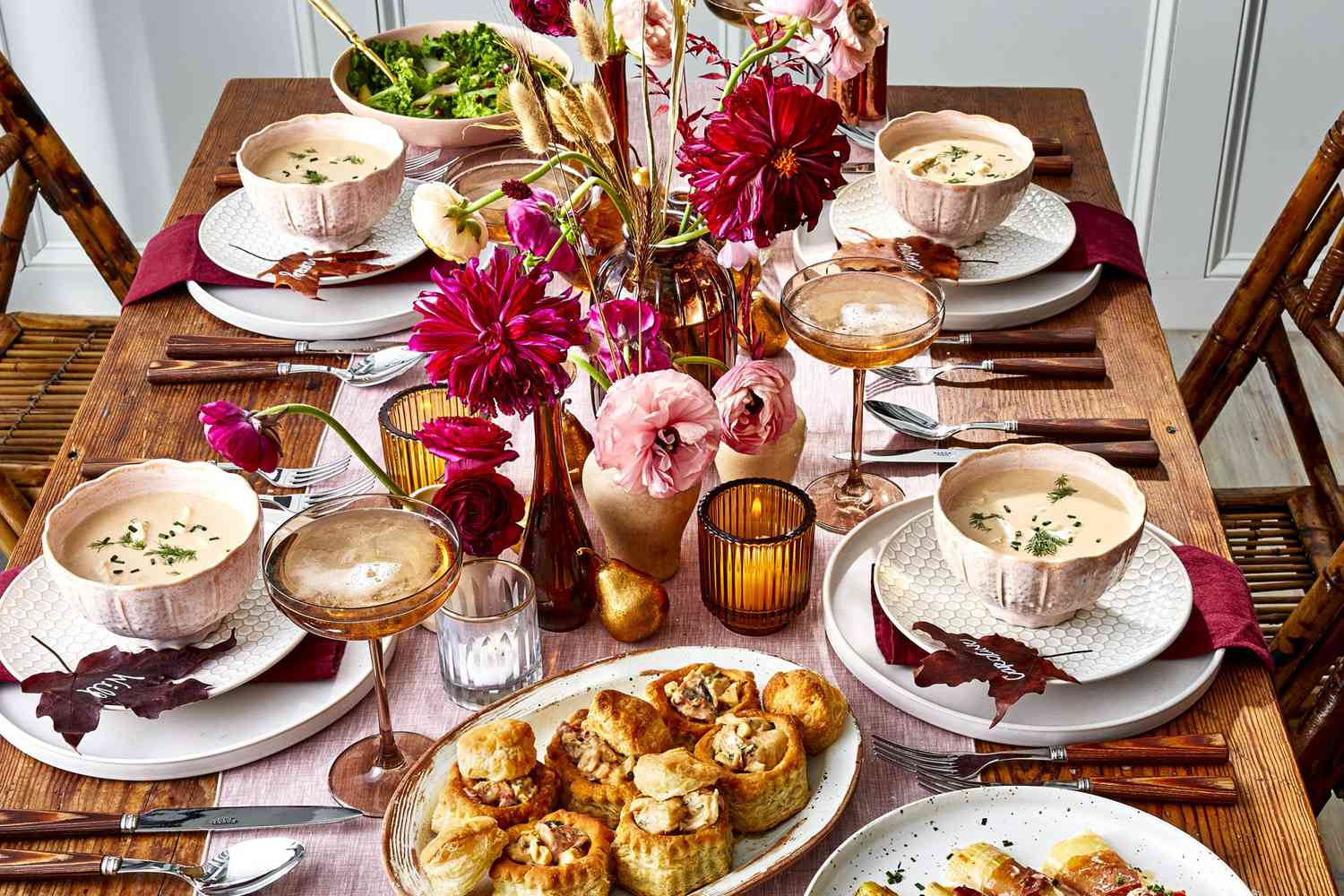



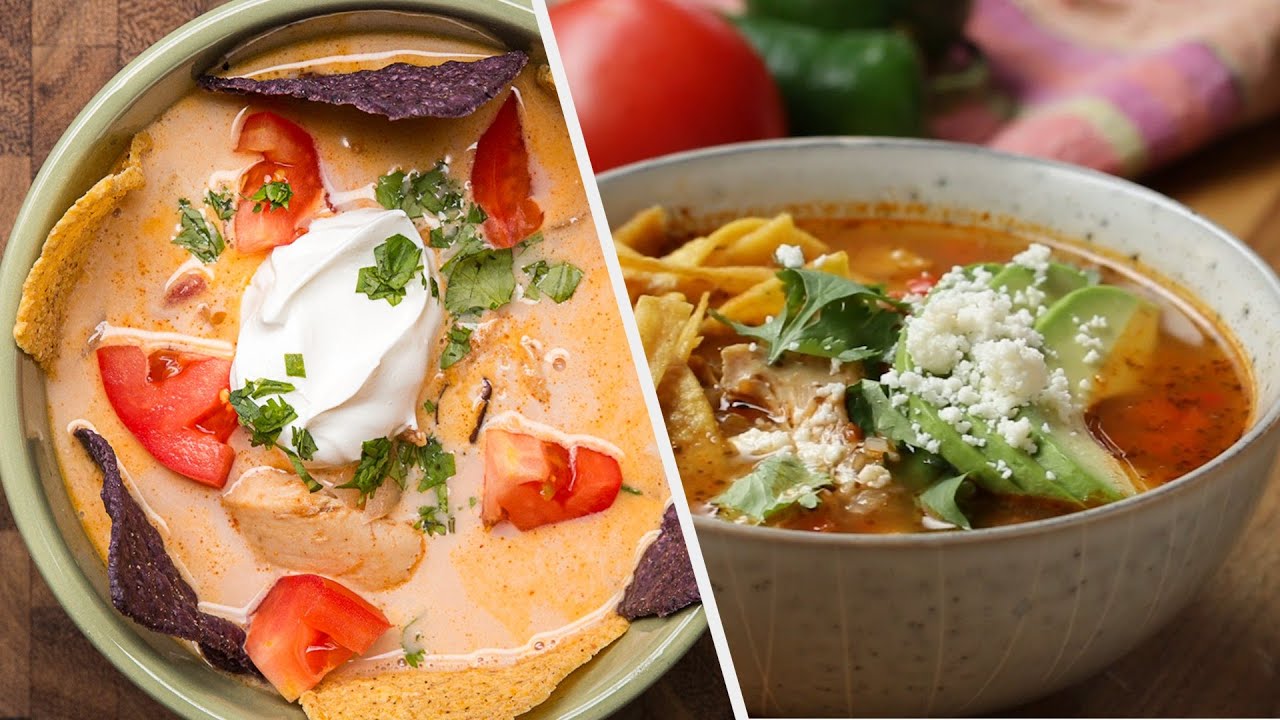
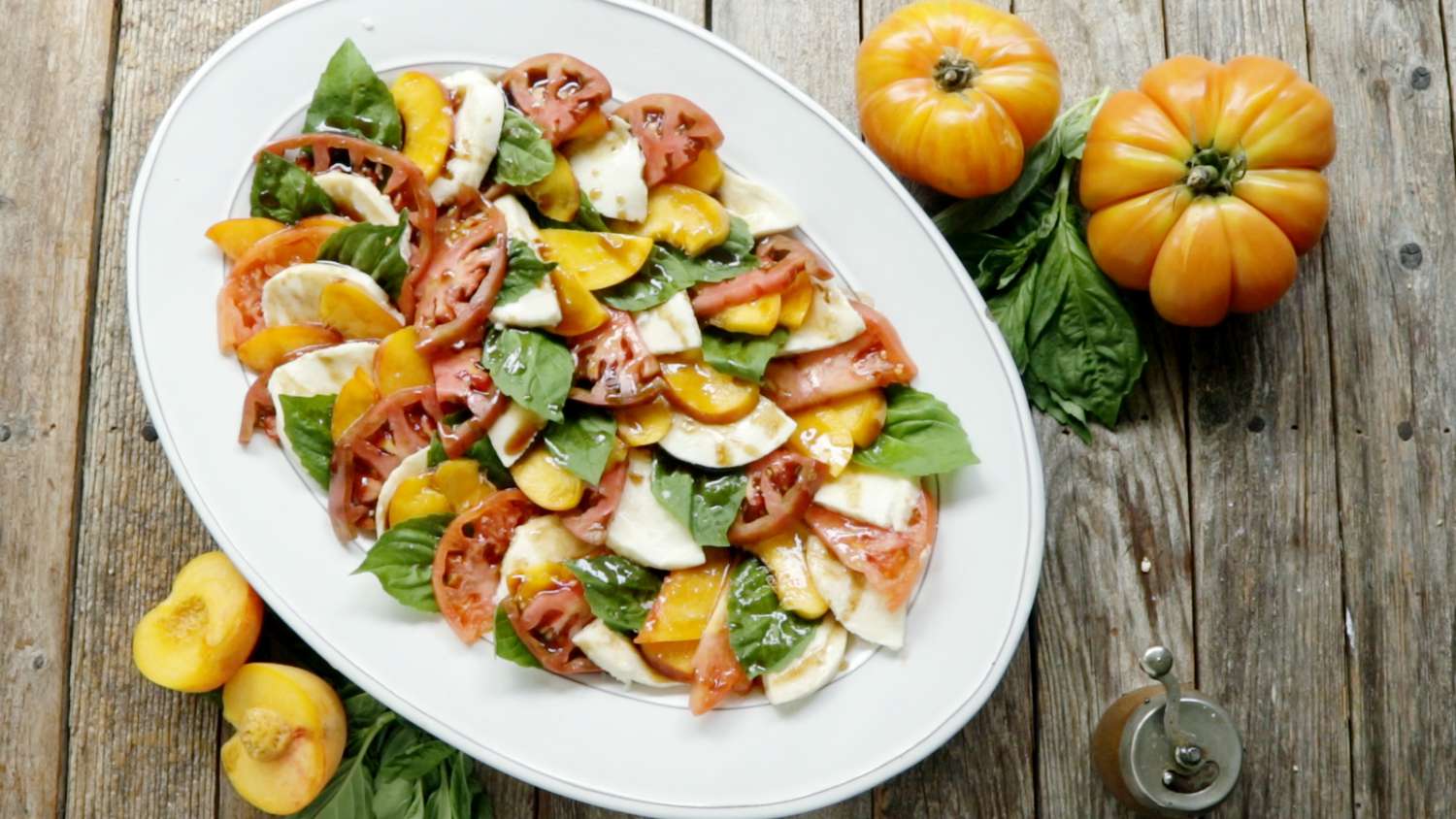
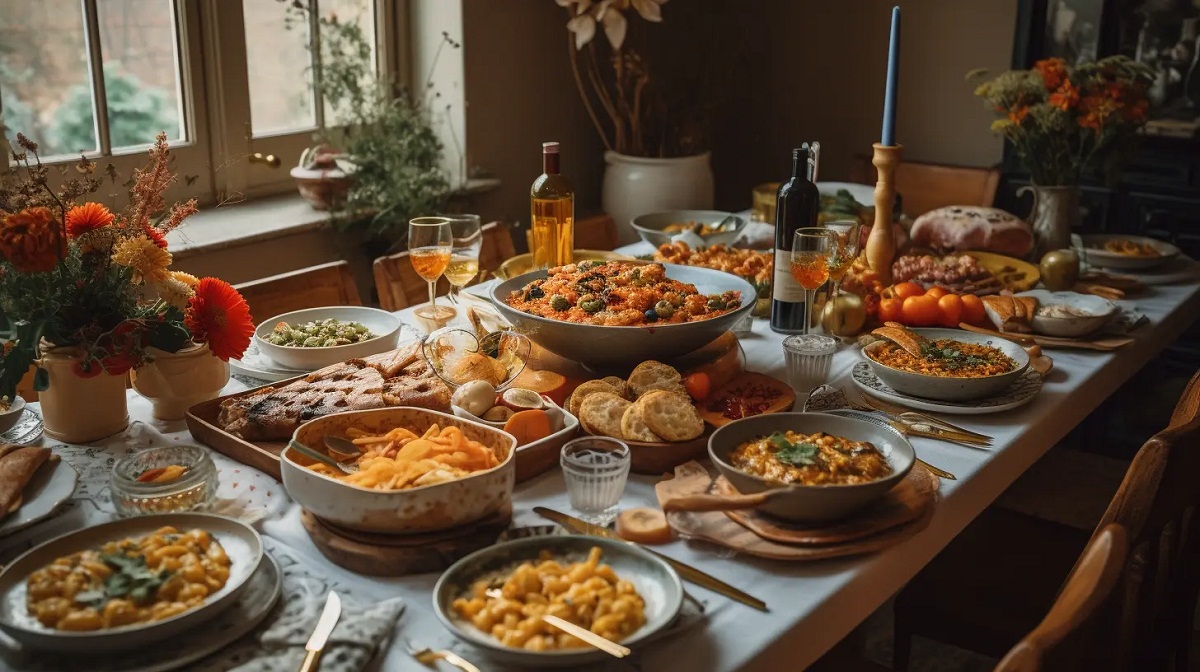
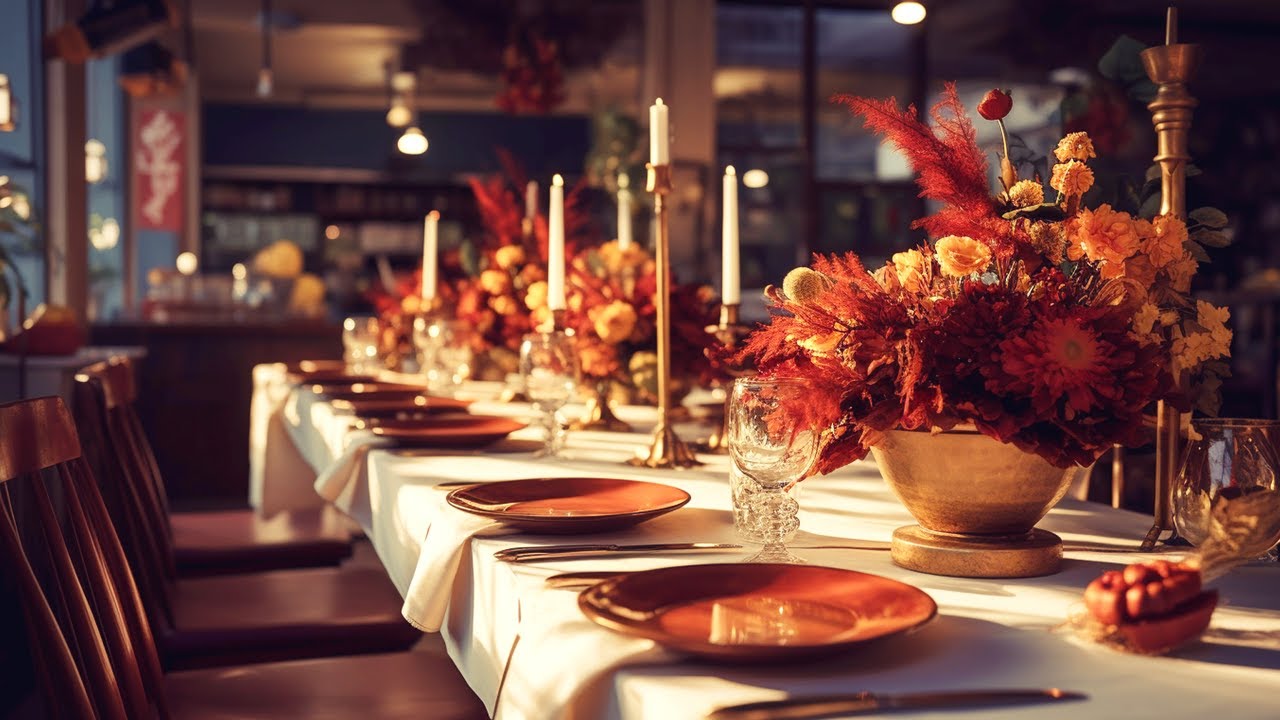

0 thoughts on “What Are Serving Dishes?”